Rapid prototyping has been a tool used by the design, engineering, and architecture fields since the advent of computer-controlled fabrication systems in the 1990’s. The basic methods have been either additive (stereolithgraphy, 3D printing) or subtractive (CNC machining). Additive methods slowly “grow” the part within a build chamber out of various substances that bond with either heat or light. Subtractive methods take an existing material volume, and carve away at it via a cutting tool. For years, these methods served the design industry well to give a quick physical representation of what could only be seen in CAD on screen. Within days or hours, depending on size and complexity, a designer or engineer might be greeted in the morning with a beautiful physical part sitting on their desk (as builds typically occurred during night-time hours for efficiency). Conversely, they might be greeted with the horror of a giant steaming pile of mangled chaos in their printing machine, if one of the many variables for achieving a successful build went awry. Now that printing technologies have improved, become more reliable and less expensive, more and more creative professionals are adapting rapid prototyping into their workflow. Used in this fashion, the physical creations had value in the context of the design process, but were usually shelved or used as paperweights once they had been assessed. Similarly, early adopters of this technology outside of the professional design community were pretty much limited to producing intricate baubles and cool-but-useless sculptures. Now, however, companies are adopting rapid prototyping methods to supplant traditional large-scale manufacturing methods. Beginning with the Gen 2 iPod Shuffle, Apple began to explore using CNC milling machines to create their aluminum housings, which they have recently scaled up to include their unibody MacBook Pro line. The old rapid-prototyping logic of taking hours or days to mill a single laptop body on a single milling machine is broken once you consider an entire factory in China filled with CNC machines, turning out laptops by the thousands. What they achieve through this method really can’t be accomplished with the traditional manufacturing methods that define their competitors’ products. Nokia (rest in peace) achieved a similar breakthrough by combining CNC machining with standard injection molding on their line of Lumia phones. Nike has also recently released a set of cleats with an intricate structural pattern that could only be achieved through additive prototyping methods. Even Invisalign uses 3D printing processes to create each custom tooth mold that goes out to their customers. We’ve coined the term “Proto-facturing” to capture this new adoption of rapid-prototyping methods into the scale of mass-production manufacturing. Although these are large companies with near-infinite money to spend, there are many smaller-scale entrepreneurs seeking to leverage the easy availability of build capacity (either through on-line prototype vendors like Shapeways, or low-cost 3D printing machines like MakerBot). And these designers are seeking to go to market with their printed products, not just create cool-but-useless shelf curios. As such, they are also taking full advantage of the unique aesthetic opportunities afforded by additive/subtractive prototyping processes. These include complex organic cellular structures permitted by 3D printing, as well as printing complex mechanical assembles in a single pass (with no post-assembly). Printing with exotic materials such as carbon fiber, metal, concrete, ice, wax, edible sugars and starches, and even living cells are being explored. Also, unique API programs can be developed that allow users to adjust the 3D model around unique data sets, like music, location, or even seismic data. Now for the buzz-kill: there are serious limitations to these technologies. 3D printers and are still an investment, have limited build volumes, are painfully slow, produce parts with poor surface quality and high fragility, and the per-part cost is orders of magnitude higher than traditional injection molding. CNC machining is still an art form best left to skilled technicians, and is not at the “print-and-forget” level of 3D printers. It’s also generally time-consuming, costly, and expensive. Sorry to insert that dark cloud into your silver lining, but these are factors that every designer will have to take into account. But for the right client and right product, and also where production volumes are low enough to make typical mass-production manufacturing methods a costly investment, proto-facturing may be the magic bullet that helps get your product to market. In the end, we believe this technology should be about making great products widely accessible, not showpieces for demonstrating a novel technology. But hey, that’s just us.
For related trends, check out Infographic Artifacts, Naturalism, and Enabling Processes

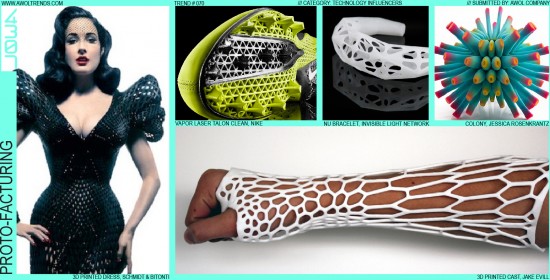




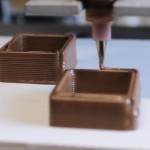
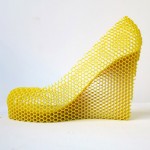
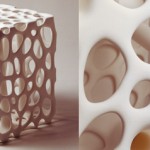

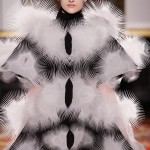
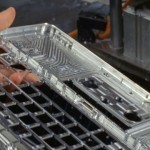



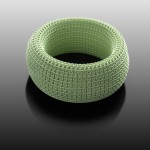


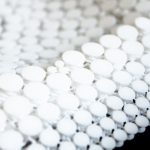

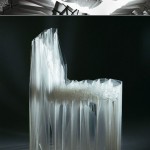

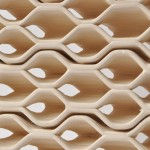
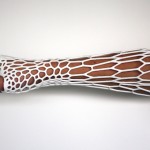

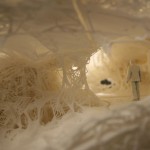
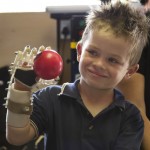

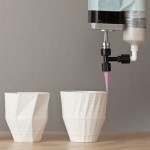



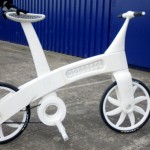


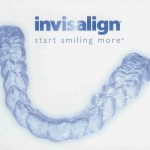
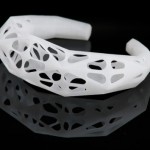


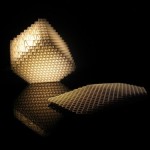
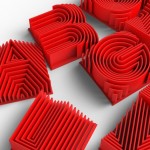
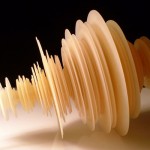

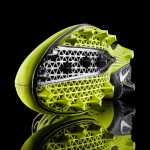

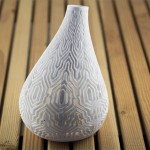
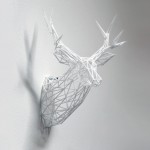




I read your article and wanted just to address one minor detail. The word proto-facturing was in fact coined in 2009 when we opened up our 3D printing service bureau; http://www.protofacturing.com .
As a service bureau, we offer our experience to help designers and engineers select the appropriate process and materials that best suit their needs. I am happy that you are using the word protofacturing in the way we intended it to be used, as a noun or as a verb.
Thank you